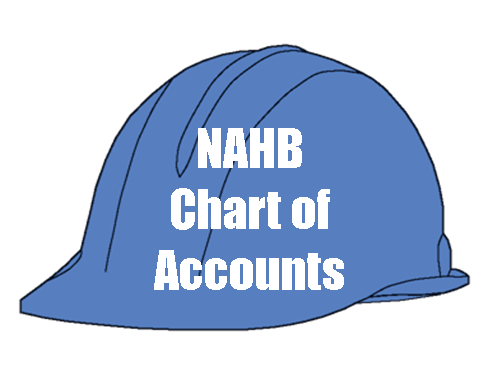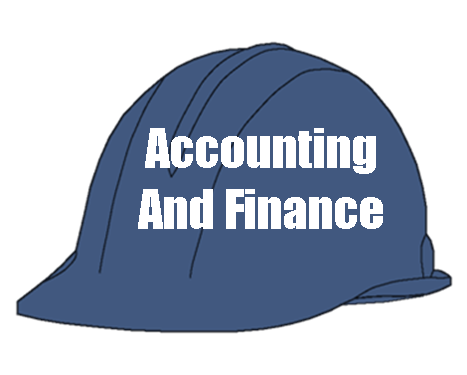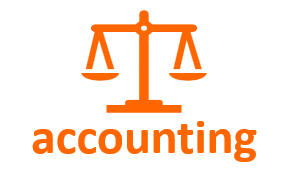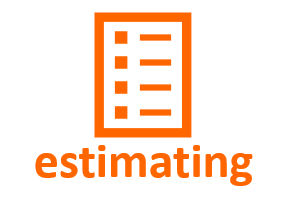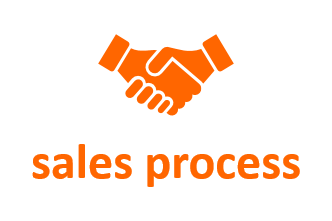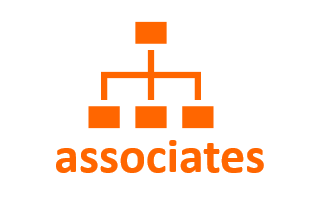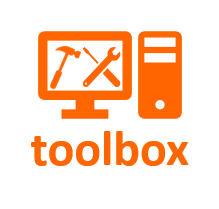NAHB Chart of Accounts
Build Your Chart of Accounts
on the NAHB Model
The CHART OF ACCOUNTS is the way in which you organize your accounting information. Think of it as the FILING CABINET holding DRAWERS (Level One) into which you place FILE FOLDERS (Level Two) containing DIVIDERS (Level Three) holding financial information about your business.
Heirarchy |
Used By |
|
Chart of Accounts |
Filing Cabinet | |||
|
Level One Accounts |
Drawers |
Investor | ||
|
Level Two Accounts |
Folders |
Manager | ||
|
Level Three Accounts |
Dividers |
Analyst |
|
A well-organized Chart of Accounts is imperative for collating your business financial information and then presenting that information to you in a useful format. The complete NAHB Chart of Accounts presented below contains more than 400 line items. It is an effort to address all the needs that a homebuilder might have --
You will, however, use only the line items you need to manage your business finances. |
Whether you need information on the NAHB Chart of Accounts, overhead allocations or project management... I had some questions about our company's legal structure and some other high level questions that Dennis was very helpful with. I will continue to use Dennis' content on his website and keep in touch with Dennis as I grow into my role. J. Mathine, Controller |
You can control which accounts show up on your reports by setting some line items to "Active" and others to "Inactive". Most computerized accounting programs provide this feature.
If you are a spec builder, for instance, you will not need the "Rental Operations Expense" section, and will set that entire section to "Inactive".
There will be other Level Two or Level Three line items that you will not need. Those will also be set to "Inactive".
The purpose of providing such a comprehensive Chart of Accounts is to make certain that a line item is available when needed.
In the interest of providing the most useful information, you will use only the line items you need, but will use all the line items you need.
|
I have spent hours on the internet trying to find a suitable COA and I finally found your website which is proving to be a godsend. |
Level One

Level One of the Chart of Accounts provides the skeleton of the financial reporting system. Think of this Level One as the drawers of the Accounting File Cabinet - one drawer for ASSETS, one drawer for LIABILITIES and EQUITY, one drawer for INCOME and DIRECT EXPENSE, and so on.
The 1000 series and the 2000 series comprise the Net Worth Statement.
(Assets = Liabilities + Equity).
The 3000 series through the 8000 series comprise the Income Statement.
(Income - Expenses = Profit).
The 9000 Series captures extraordinary income and expenses.
Level One Accounts provide an "INVESTOR" view of the business.
Level 2

Level Two of the Chart of Accounts introduces more detailed categories for your accounting. The illustration to the left shows a partial list of the accounts available.
For instance, the 2001-current liability line item has been segmented into
- 2002-Deposits by Customers,
- 2102-Accounts Payable,
- 2202-Notes Payable, and
- 2302 - Other Current Liabilities.
Think of Level Two of the Chart of Accounts as the file folders that go into the drawers of the Accounting filing cabinet.
The rationale behind this further categorization is that it is important for managers to know not only the size of the Current Liabilities but also how much of that is due to vendors (Accounts Payable) or how much represents Deposits by Customers on houses or work for which you have committed.
In the Current Assets section, the Receivables asset requires a different management approach than the Inventory assets. Therefore, it is important to know the relative size of each.
Level Two Accounts provide a "MANAGEMENT" view of the business.
Level 3

Level Three of the Chart of Accounts drills down into the nitty-gritty of your business. Cash is broken into Petty Cash, bank accounts, and escrow accounts. Receivables are divided into sales receivables, investment receivables, draw receivables, etc.
Think of Level Three of the Chart of Accounts as the dividers in the folders (Level Two) in the drawers (Level One) of the Accounting filing cabinet.
The purpose of this kind of detail is to allow you, wearing your "department manager" or "analyst" hat, to easily follow the important financial activities of your company.
- You can track the levels of construction inventory to make certain that you are controlling the size of that account, placing management emphasis on using that left-over insulation before ordering more.
- You can track the size of your accounts receivable to make certain your collection efforts are effective.
- You can track the levels and aging of your retention accounts.
- You can track the remaining draw amounts available from on-going projects.
Level Three Accounts provide an "ANALYST" view of the business.
|
You can download a free PDF of the NAHB Chart of Accounts on this page. Take the time to study these listings so you can develop an understanding of the structure of the homebuilder-oriented Chart of Accounts. If you spend that time wisely, you will be rewarded with better insight into your business just from studying the list. |
|
-OR- |
|
You can purchase an Excel plug-in from Builder Resources which you can import directly into your current accounting platform. Using this option will save several days of work. This plug-in contains:
I would like to say you have made my life so much easier with this info and download. It is well worth the money and saved me a week of work. Thanks again... |
|
-AND- |
Our done-for-you division, Builder BackOffice, can complete the install and clean-up of the NAHB Chart of Accounts remotely. The cost is very reasonable, and can free you up to tend to more urgent management duties. Contact Dennis for more information. |

